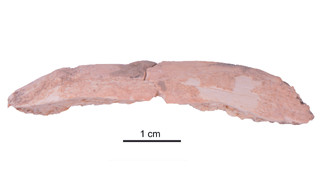
Another fossil discovered on the Tibetan Plateau was attributed to a Denisovan
An article published in the journal “Nature” reports the results of a study of over 2,500 fossils found in the Baishiya Karst Cave, in the Chinese region of Xiahe, on the Tibetan plateau, among which a partial rib attributed to a Denisovan. A team of researchers used an analysis technique called Zooarchaeology by Mass Spectrometry (ZooMS) to attribute isolated and often fragmented bones to the right species through collagen characteristics. According to the researchers, the Denisovans may have lived in that cave between 200,000 and 40,000 years ago.





